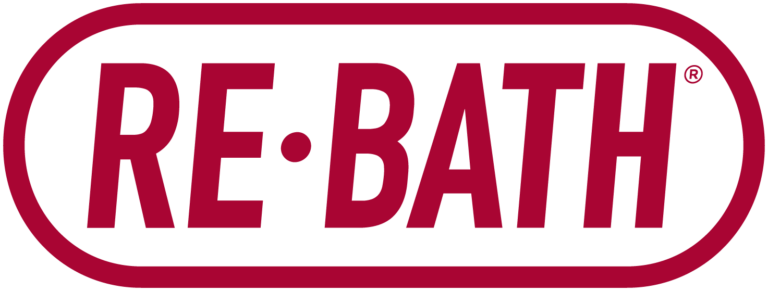The most important tip: Keep your tools and your mud lump free. How? Keep everything as clean as possible. A five-gallon bucket filled halfway with clean water and a large, coarse sponge are all you need.
Spot the screw heads with joint compound, using a four-inch wallboard knife and bed the tape using a six-inch wallboard knife. For the horizontal joints between the sheets of drywall, apply a good bed of joint compound to the recessed area created by the drywall’s tapered edge. Now roll out the drywall tape and set it in the mud so it is centered on the joint. Use finger pressure to get the tape to adhere to the wet joint compound.
Next, take your six-inch wallboard knife, angle it about 30 degrees off the wall surface, and smooth the tape into your joint compound. Most people here will press on the wallboard knife too hard and squeeze out the compound. A light touch is all you need, as the goal is to get a good continuous bed of compound completely under your tape. Eliminate all air bubbles or dry spots under the tape.
Now take your four-inch knife and apply a coat of compound over every screw and nail head. Make sure your wallboard knife is not dragging over the heads of screws and nails. They should all be set just slightly below the plane of the finished drywall surface. If they aren’t, take a hammer and lightly strike the nail or screw to accomplish the necessary recess.
Let this first coat on the nails, screws and joints dry thoroughly (usually overnight is good enough) and reapply a second coat on the screws with a six-inch wallboard knife and on the tape joints with an eight-inch wallboard knife.
Most four-inch wallboard knives are perfectly flat and it makes no difference which edge of the tool you use to work the joint compound. However, knives that are six inches or larger have a slight curve built into each blade, so it is important that you work the concave side of the knife to the wallboard surface. If you don’t, you will constantly be digging the apex of the curve into your work and won’t end up with the “feathering” necessary for a good drywall job.
Clean your tools often with the water and sponge. As drywall compound dries, it creates small, hard balls that can really bugger up your work.














